Boston, Massachusetts
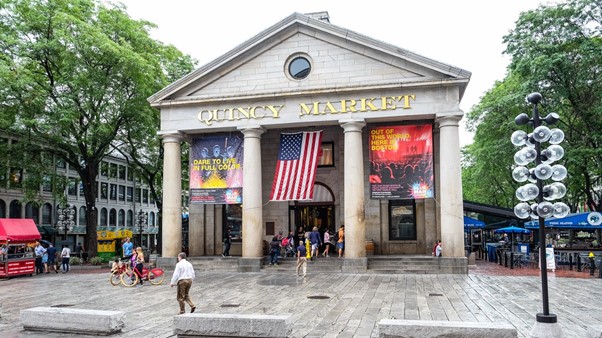
ABOUT
Boston is one of America’s most historically rich cities, with its history evident on nearly every corner in the City. Officially founded in 1630 by English Puritans who fled to the new land to pursue religious freedom, Boston is considered by many to be the birthplace of the American Revolution.
Today history speaks of the Boston Tea Party, a protest at the over the Tea Act of 1773, where demonstrators boarded ships and threw tea chests into the Harbour. Many other incidents occurred between the British and settlers and the City played a large part in the American Revolution.
By the early 21st century the city’s economy moved from an industrial base to one centered on education, medicine, and high technology, especially biotechnology startups.
In 2022 the population was just under 651,000
Currency is the US Dollar.
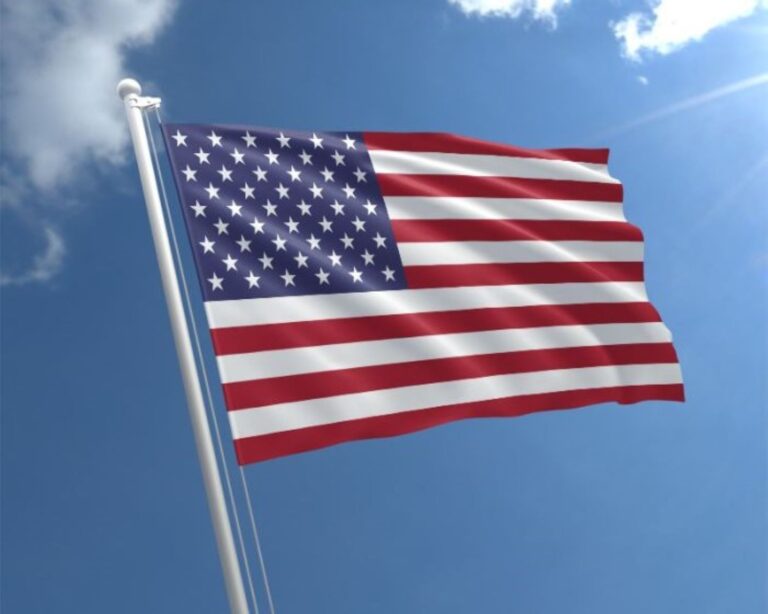
THINGS TO DO
Boston is a city full of history, some of which is quite brutal. However this in turn provides visitors with an opportunity to look at various aspects of its past.
Whether you wish to look at the beginning of the development with the Settlers in the early 1600’s, through the era of the Boston Tea Party, the role the city played in the American Revolution or following its development through its industrial years to what it is today – it is all there to explore. And will probably take a good while to do it.
There are many references to the history of Boston. The Massachusetts Historical Society is a good place to start.

OUR FAVOURITE THINGS TO DO
As you can see from the section above, there are many choices of what to do in Boston. Indeed there are sites to visit in the surrounding area and nearby towns.
On our most recent visit to Boston we decided we would like to walk along the Freedom Trail, or at least part of it.
The Freedom Trail is a 2.5 mile long path through Boston that passes by 16 locations significant to the history of the City and the United States. It winds from Boston Common in downtown Boston, to the Old North Church in the North End and the Bunker Hill Monument in Charlestown.
Established in 1951 the Freedom Trail and covers 17 historic sites in the City. It is estimated to take between 60-90 minutes to walk.
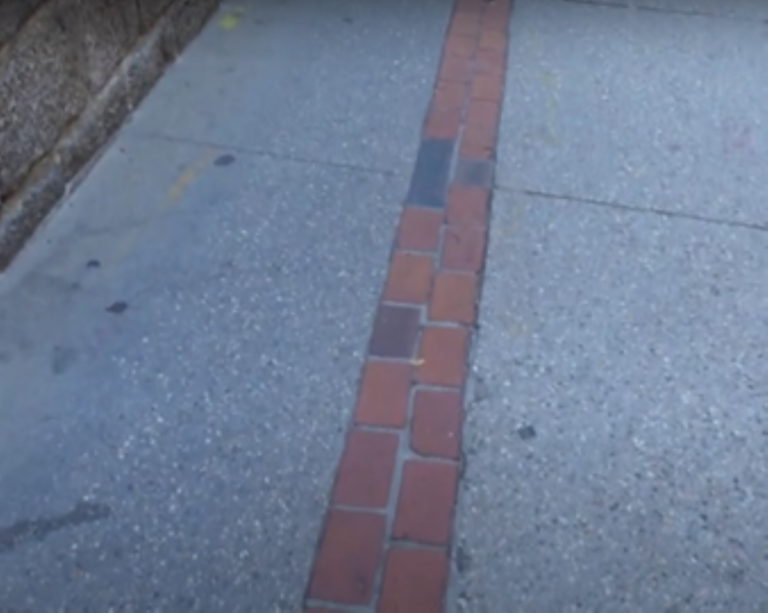
The Freedom Trail
We started our self guided trip by walking through the town to the starting point at Boston Common. There is a really good tourist information point, toilet facilities and shop there, which was extremely busy. However they can also supply free maps of the Trail. These are very easy to follow, coupled with the handy red bricks in the pavement. The maps also give very handy information on each of the points of interest.
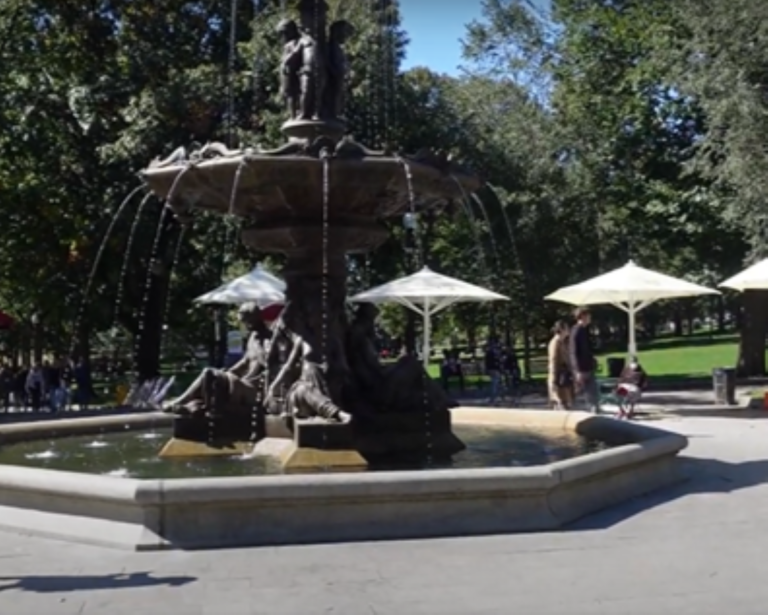
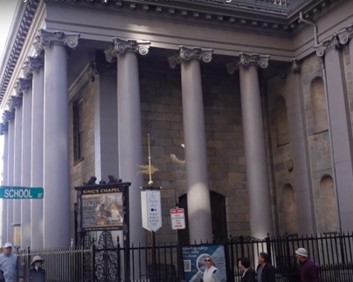
We started our walk through the middle of Boston Common. Founded in 1634 it is the oldest park in the USA. The land was originally purchased by the Puritans, each homeowner contributing to the cost. It became known as the “Common Land” and was used to graze livestock until 1830. Today it is a pleasant public area with music and family events held there. It continues to be a stage for free speech and indeed on the day we visited there was a demonstration being held there.
We also saw the Kings Chapel is a Georgian style building completed in 1764. The Chapel was built on top of an earlier burial ground and still houses the oldest pulpit still in use. A multitude of illustrious residents are buried there, including John Winthrop, Massachusetts’ first Governor, and Mary Chilton, the first woman to step off the Mayflower. It is also thought that convicts given death sentences spent their final night in the church before being sent to the gallows.
The Old State House is also en route. Built in 1713, it was the seat of the Massachusetts General Court until 1798. It is one of the oldest public buildings in the United States. A cobblestone circle beneath the Old State House balcony marks the site of the 1770 Boston Massacre.

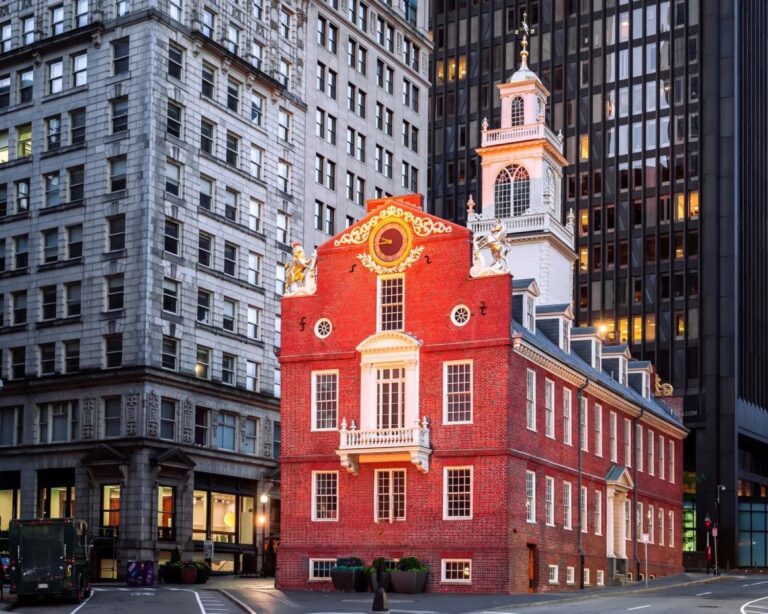
By the time we reached the Quincy Market, we realised it was going to take much longer than 90 minutes to do justice to the Freedom Walk (certainly something to complete on another visit).
Instead we decided to go into the Market. Opened in 1826 to the public, Quincy Market was so named after Mayor Josiah Quincy who devised the plan. Today it houses over 50+ eateries, vendors & kiosks with diverse offerings serving both locals and visitors.
Many locals meet here to shop or socialise. We happened to meet some friends also visiting the Market and thought it would be rude not to socialise!
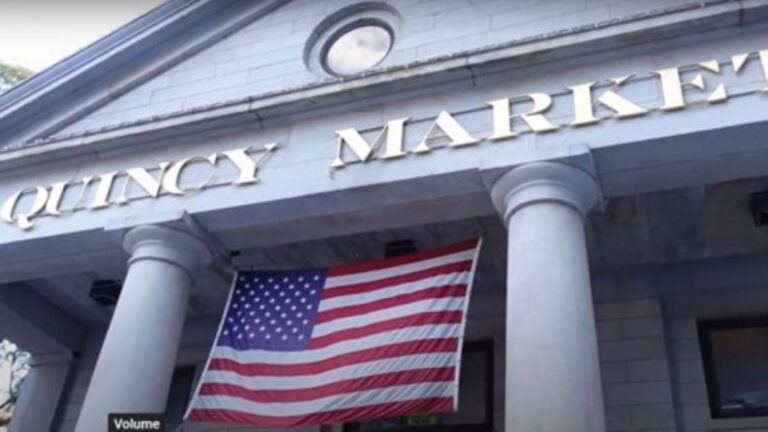
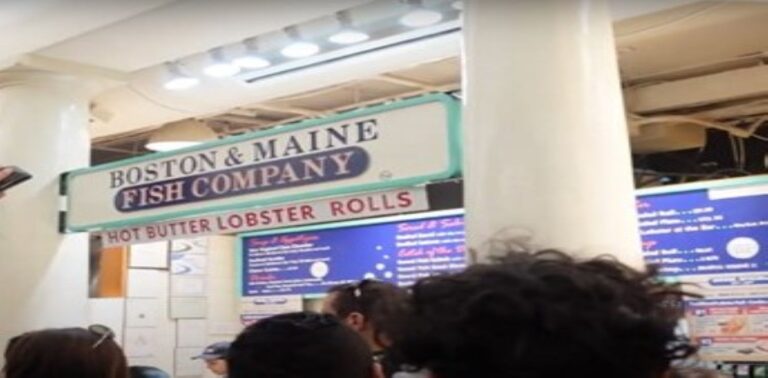

Salem
On our first visit to the area in 2003 aboard P&Os Oriana, we took a ship tour to nearby Salem. First settled in 1626 by English colonists, Salem became one of the area’s most significant sea ports. Salem is widely noted for the Salem Witch Trials of 1692.
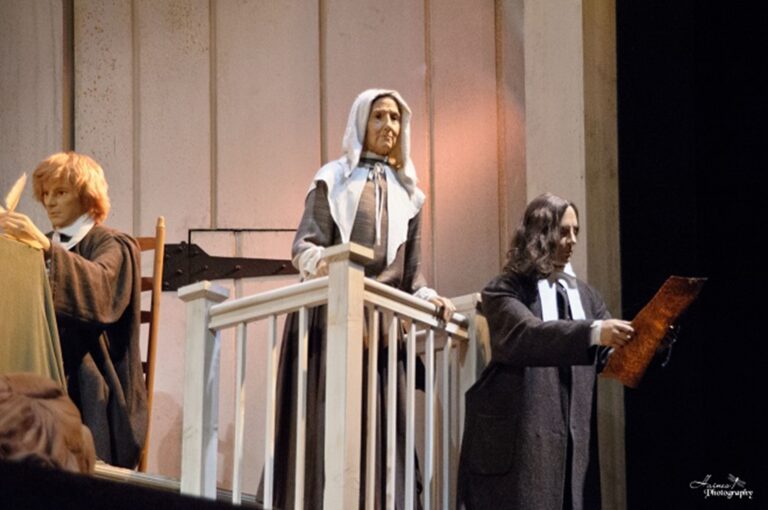
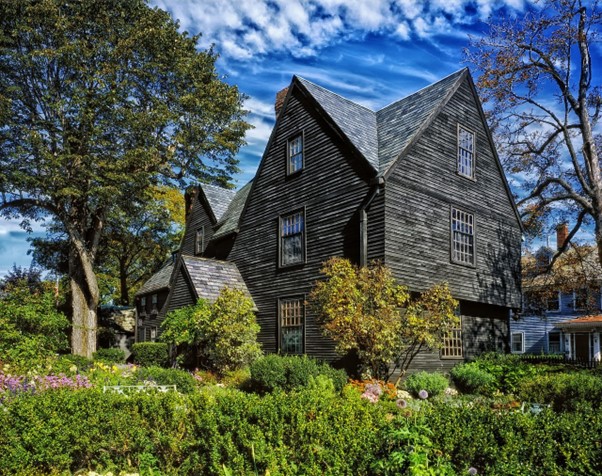
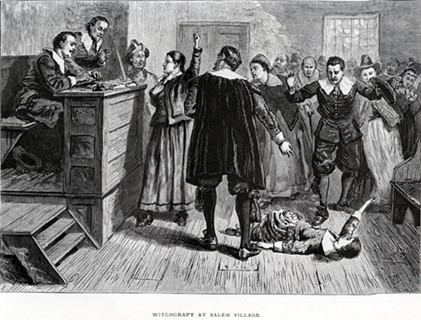
To check out our experiences in Boston just click the video below – and if you enjoy the content simply ‘Like’ and ‘Subscribe’ to see more (subscription is free)
